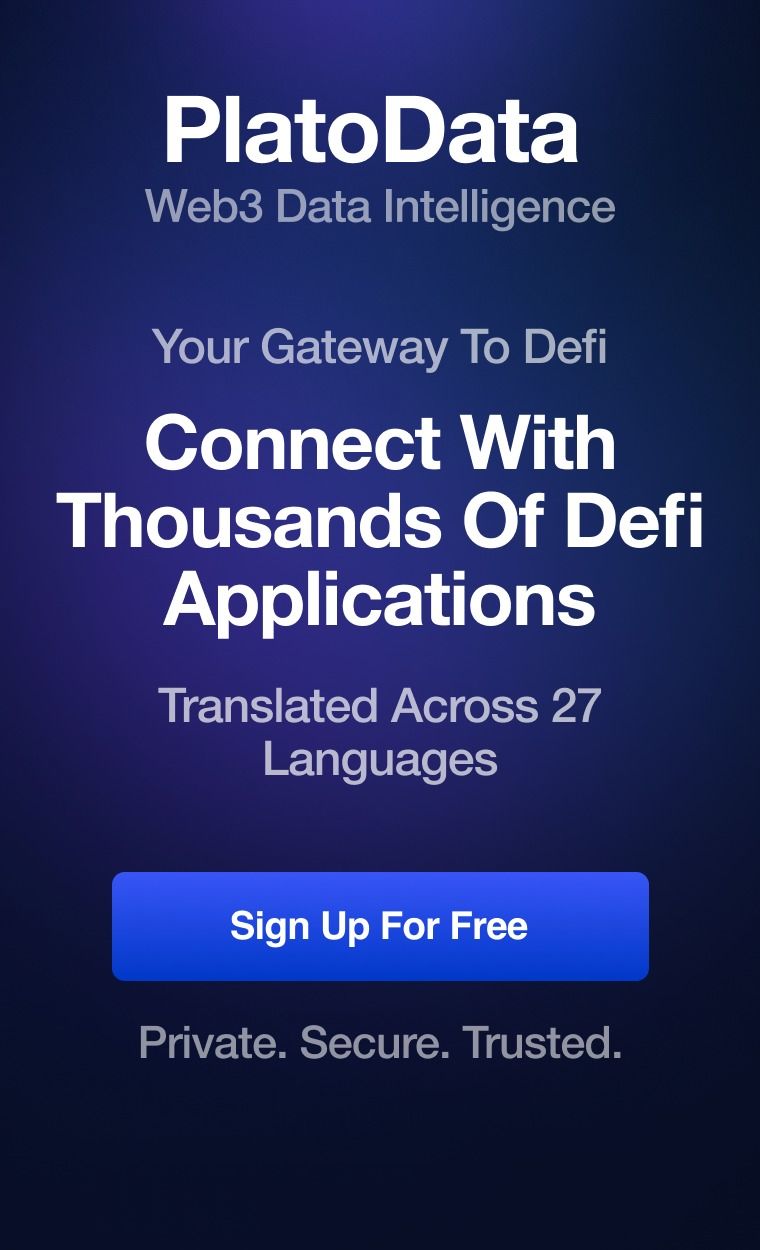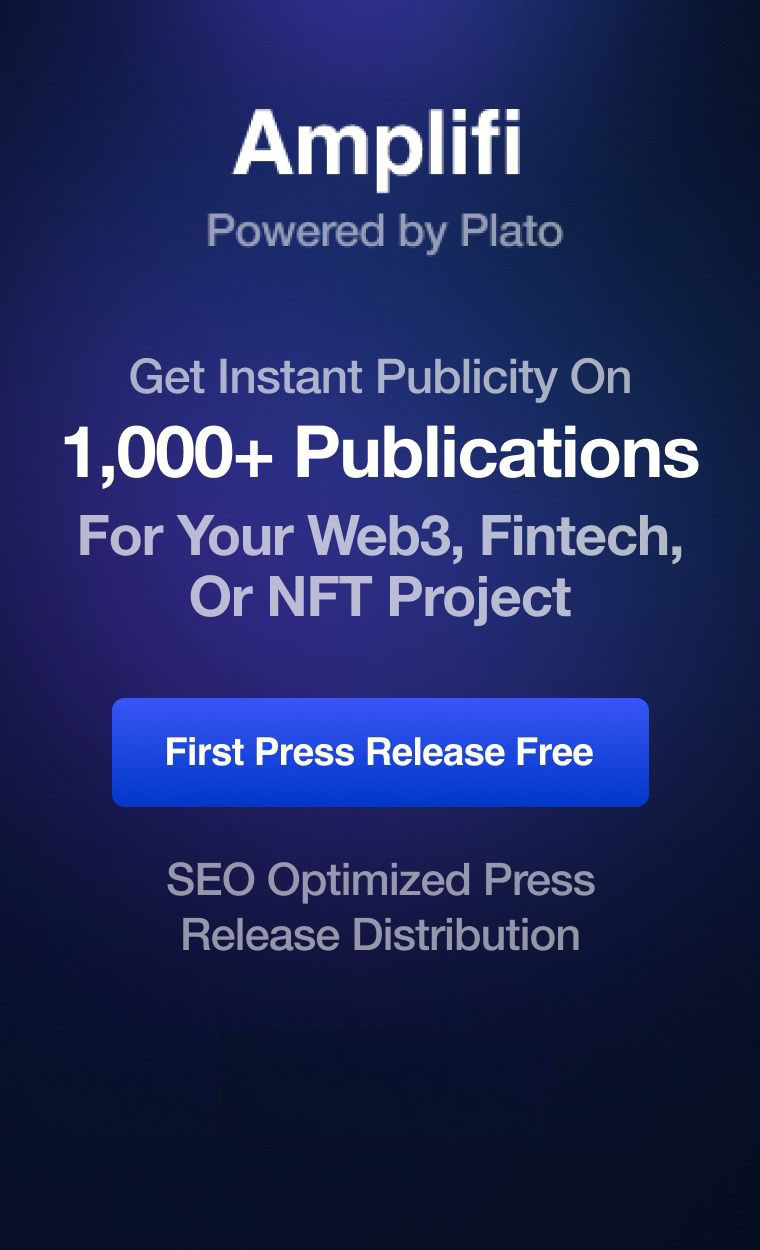
Did you know that every 53 seconds a laptop is stolen? Also, every year more than 70 million smartphones are lost or stolen. It is not only the hardware that is stolen but the valuable data stored in the devices are also lost. Think about a company saving its important data in such devices and then losing the devices to some rogue. The picture doesn’t look good but thanks to cloud computing and the COVID-19 pandemic. The picture becomes better.
COVID-19 and cloud-based trading platforms
The recent coronavirus pandemic has forced companies to adopt new methods to keep their businesses alive. While employees working from home are appreciating its own set of advantages, one may wonder about the crashing of the system of the hardware going corrupt during these uncertain times. What’s worse is that numerous countries have imposed lockdown globally and it will be difficult to retrieve the lost data in such a situation. This brings us to the need of the hour- A safe and reliable space to store unlimited data, or avant-garde cloud storage services.
Today, cloud storage has become a buzzword all over the world. “Cloud” refers to nothing but a group of software and services running on the internet instead of one’s computer or device. Data that exists on the cloud is actually stored in a company’s server. Users don’t have to store anything on their laptops or phones. They can store the data on the “cloud” and also share resources with others seamlessly. Some of the popular cloud service providers include Amazon Web Service, Google Cloud platform, iCloud, SAP, and Microsoft Azure.
Meanwhile, the financial-trading space is no different. Cloud products will be the future and downloaded trading platforms are getting extinct.” Trade From Home” will be the new black. This means that traders can perform hassle-free trading and enjoy many benefits. Let’s dive deeper into the benefits that cloud-based trading systems can offer.
What do cloud-based financial trading systems offer?
Cloud-based trading systems will revolutionize the way trading has been happening all over the world. Novice traders who have budget constraints in buying devices, often look for RAM and hard drive space specifications. This is usually because the conventional software that needs to be installed might consume a lot of space on the device. But, cloud technology allows complete agility owing to the network that does all the job. Whether it is distributing the load across the servers or crashing of the servers, cloud-based trading systems offer better reliability and efficiency.
Also, traders will be able to access the cloud data from anywhere, thus, making it very easy to
trade at any time from any place or device. This is a plus during the present coronavirus pandemic. Also, mobility is one of the advantages; there will be enhanced data security in the system. As everything traders need will be stored in the cloud, data can be accessed irrespective of what happens to your device. Even if the device is lost or stolen, one need not worry about any hackers or data breaches. Traders can bounce back to trading in no time with the help of cloud data.
Moreover, cloud-based systems promote greater collaboration within a team. Employees in FinTech companies don’t have to go back and forth in sending documents when a single document is available on the cloud. This document can be used to share and work together. Similarly, trading can be done through the sharing of ideas through a single place. Since it is a technology for both consumers and companies, cloud-based services benefit both small and large businesses for mitigating disastrous situations. All in all, it creates a level playing field for everyone.
Final thoughts
According to a report by ResearchAndMarkets, it has been anticipated that the global algorithmic trading market will have a CAGR of 11% during the period 2019 to 2024. One of the major market trends is that cloud-based algorithmic trading platforms will be gaining the maximum amount of attention in this forecast period.
Building a cloud platform will be a one-stop-shop solution for every trader who wishes to trade from their home, car, or beach. There is a humongous amount of market data available on the cloud and this is a favorable thing for both exchanges and financial trading firms. No doubt, cloud-based trading platforms will offer countless benefits such as cost-effectiveness, efficient management, scalability, and seamless trade maintenance. In a nutshell, cloud-based web and mobile trading apps will become the new norm in the coming years. How prepared are you to trade in the cloud?



